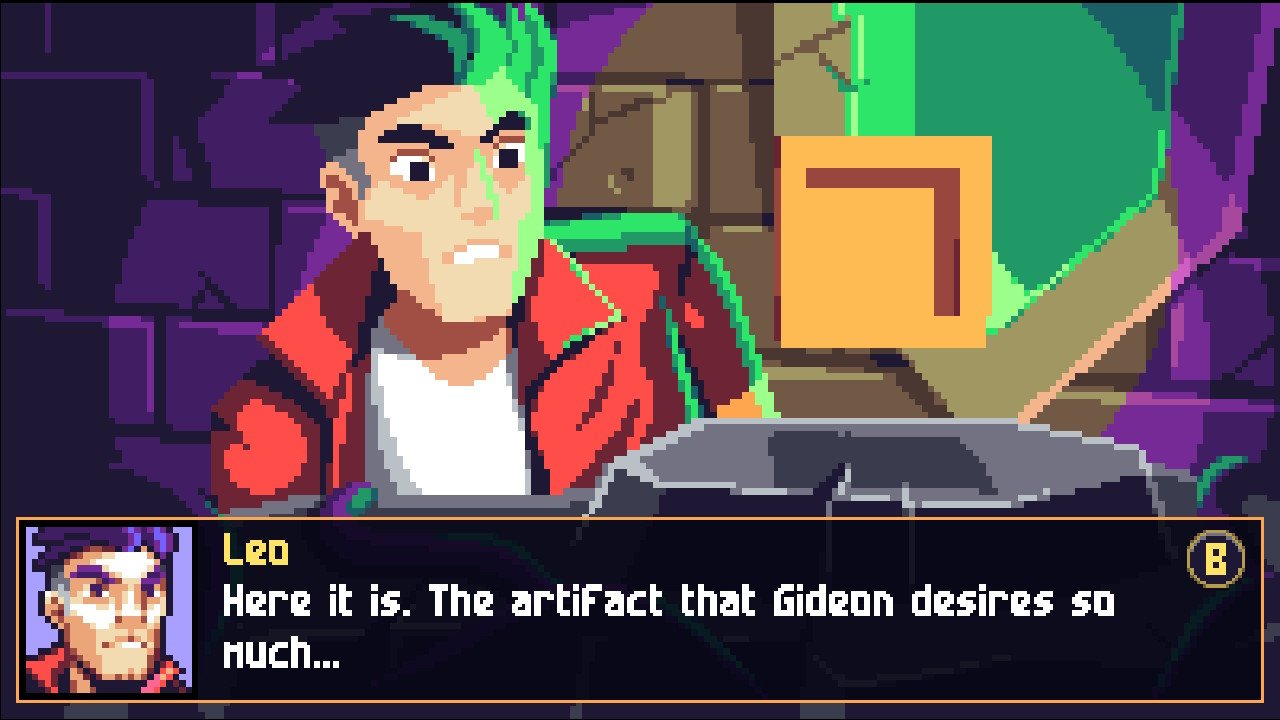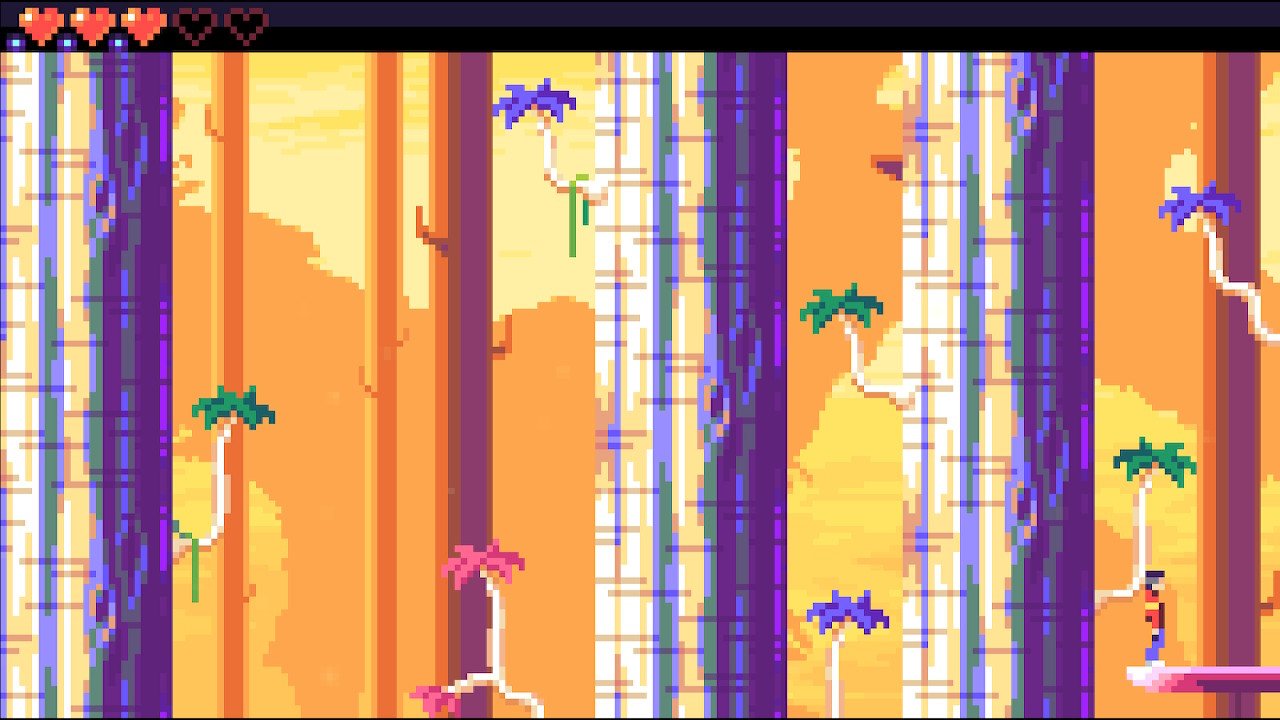Lunark redefines the Cinematic Platformer
Lunark comes to us from Canari Games, a Montreal-based studio founded by Johan Vinet. It’s an engaging sci-fi adventure with a legitimately compelling story, both well written and well delivered. Its most interesting feature however is the distinct visuals and gameplay style it employs. Lunark is a true cinematic platformer, in the tradition of Flashback or Another World (called “Out Of This World” here in North America). Vinet has faithfully the 2D Cinematic style, with fluid rotoscoped animations and all.
Before we talk about Lunark though, I think the term “cinematic platformer” probably needs some explanation. (For a broader discussion of the many types of platforming games, please see our post on the topic, Defining the Platformer genre.)
Johan Vinet provided his own definition of the cinematic platformer on his Lunark devlog. He says:
…what is a “cinematic platformer”? The term first appeared in the late ’80s and early ’90s with the emergence of a new sub-genre of 2D action/platform games whose design philosophy was more oriented towards realism…
Unlike more cartoony platformers like Mario or Sonic, gameplay tends to be fairly grounded in reality, with realistic character anatomy, extreme vulnerability, and interactive elements subject to the laws of physics…The emphasis on realism also extends to character movement, with realistic jumping distances, the inability to survive long falls, and the impossibility of elements like double jumps or changing direction in mid-air.
As for the presentation, cinematic platformers tend to emphasize fluid animations with a greater number of frames, sometimes using a technique called rotoscoping, in which the pixel art is drawn over video footage of actual movements; it’s often considered the precursor to modern motion capture. Other key presentation aspects may include minimalist user interface to preserve the player’s immersion, gameplay punctuated with contextual cutscenes (for example, picking up a key object will reward you with an animated close-up of the action)…Cinematic platformers also often feature a deep narrative, which had previously been the domain of point-‘n’-click adventures and RPGs.
Lunark not only does all the things you would expect a good cinematic platformer to do, but it does them all extremely well.
Character animations look great, with big chunky pixels moving in extra fluid animation using a high number of frames. The rotoscoping is particularly impressive in cutscenes where the camera “zooms in” for a closeup interaction. From what I’ve seen online, Johan Vinet filmed himself doing these actions and drew in pixels on top of that. So he was essentially the motion-capture actor as well.
The game’s setting and environments have a nicely done sci-fi aesthetic, looking somewhat familiar while appropriately alien. The palette is especially nice, with great use of purples and greens, just really good color choices.
Character designs are good overall. Though they do tend to run fairly cat-heavy, especially since the plot revolves around a race of humanoid cat aliens (Thundercats? Ho!), but even those are decent. The protagonist, Leo, manages to look especially cool. And perhaps it goes without saying, but Hugg is the best NPC.
Lunark’s controls—which are rarely a strong point in cinematic platformers—are actually quite well executed here. Leo still handles more like Prince Of Persia than Super Mario of course, but he is far less unwieldy than expected. After getting into the groove a little, the controls almost felt…dare I say…good?
The game’s narrative is where it truly shines though. The story is exceptionally well-written and almost perfectly paced. Dialogue is pithy and punchy, never wasting the player’s time, but still conveys all the necessary information.The plot manages to be compelling and mysterious, but also delivers a couple good twists and satisfying reveals. Probably one of the best game stories I’ve seen in a while. And the game can be completed in 5-6 hours, so it doesn’t overstay its welcome.
On the negative side, I do feel like the final boss fight is a bit too long/tedious. Usually the game provides generous checkpoints, but not for multiple phases of the same boss. Personally I would’ve liked an extra checkpoint thrown in there.
Also, since I dove into the game on Day-1 (prior to the version 1.1.0 update), I experienced a bug where Leo would repeatedly auto-jump, plunging him to his death over and over. As one might expect, this was extremely frustrating. Luckily that bug was quickly patched, so you won’t even have to deal with it. (And thus I probably didn’t need to mention it. Apologies.)
Overall, Lunark is genuinely excellent, perhaps the pinnacle execution of the 2D cinematic platformer. Not only would I recommend this game, I actually feel bad that my review is like a year late. If you enjoyed cinematic platformers in the 90’s, especially Flashback, then you should really give this one a try.













